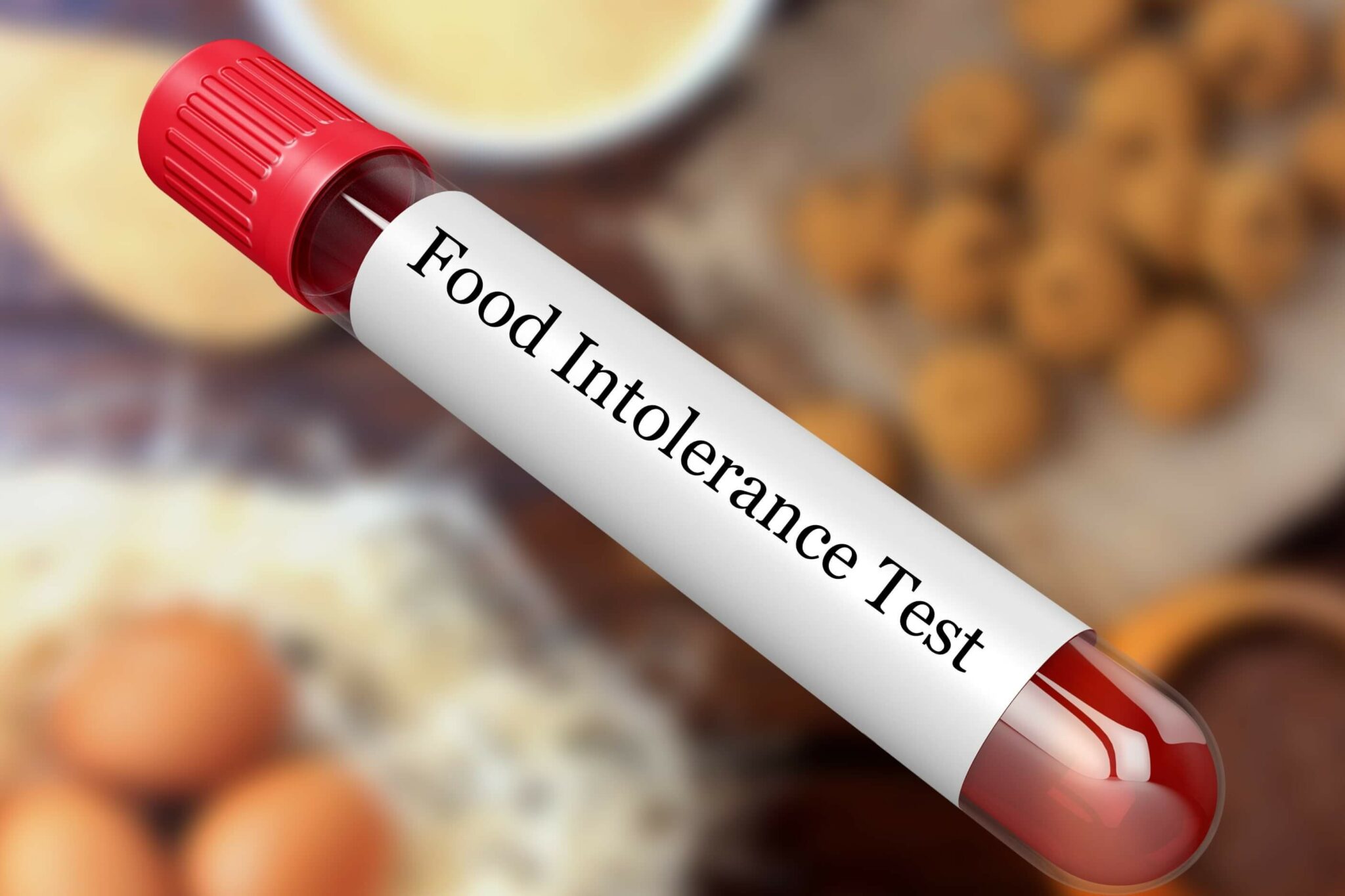Most Food Intolerance Tests Aren’t Worth Your Time or Money


If you spend any amount of time searching online for health information, you will no doubt discover sites claiming that you have “hidden” food allergies or intolerances. Name your favorite chronic ailment, i.e. headaches, bloating, acne, even brain fog, and you can find claims that foods are the culprit.
Many of these sites will offer to send you a kit and collect your hair, blood, or another sample, and analyze it to reveal your “hidden” food intolerances. These kits are touted as a convenient way to test for intolerance to hundreds of foods at once. They are even promoted on social media by some of your favorite B-list celebrities.
So what’s the problem? Well, to start with, there are fundamental flaws in claims that foods are the root cause of many of these conditions. Food allergies cause the immediate onset and reproducible reactions with every ingestion of food. Symptoms range in severity and can include (among others) any combination of hives, swelling, difficulty breathing, vomiting, or passing out.
Anaphylaxis is a rapidly progressive, severe allergic reaction that also can occur from food allergies. If you have a food allergy, you should have symptoms every time you eat the food — there’s no fooling the immune system. There are skin prick and blood tests available to measure allergen-specific IgE levels, which is the antibody involved in food allergy reactions.
Food intolerances are different. These mainly present with gastrointestinal (GI) symptoms due to difficulty with digestion, including abdominal pain, bloating, constipation, or diarrhea. Symptoms may come and go over time and may vary depending upon the type and quantity of food ingested.
Unlike food allergies, these are not caused by an immune response to the food. A common example is lactose intolerance, which causes GI distress in people who lack the enzyme that digests lactose, a simple sugar found in dairy products.
There are no evidence-based or validated tests available to diagnose food intolerances. This diagnosis instead usually requires the elimination of suspected foods from the diet, monitoring for symptom resolution, then reintroduction of the food to see if symptoms return. This can take weeks to months and can be a difficult process.
Unfortunately, there are many websites and practitioners who claim the alternative, while also sometimes claiming that traditional doctors simply don’t understand. They also make dubious claims that various food intolerance tests are available to diagnose food intolerances, despite a lack of evidence demonstrating that these tests are valid, result in inaccurate diagnoses, or ultimately help improve symptoms. Not surprisingly, many of the same sites offering non-evidence-based claims are also very willing to collect money for their testing kits.
Let’s explore a few of these ideas, all of which lack evidence to support their use and many of which have evidence demonstrating that they don’t work:
Chemical analysis of hair and urine: Hair analysis is important in screening for heavy metal toxicity, and this technique has been extrapolated to the assessment of food intolerance by measuring levels of food or markers of “allergy.”
Specific IgG antibodies: IgG antibodies to food allergens can be measured through routine bloodwork. Elevated levels are touted as evidence for food intolerance, a non-IgE mediated condition. The problem lies in the fact that IgG is a memory antibody and likely reflects a person’s history of dietary habits. Higher levels would be expected in any person who consumes specific foods more regularly.
Cytotoxic testing: This is performed by placing a drop of blood on a microscope slide coated with a dried food extract. If the cells change shape or appearance, this is interpreted as evidence of intolerance to the food.
Provocation-neutralization: Various concentrations of food allergens are injected under the skin or placed under the tongue. The patient then reports all subjective sensations and any sensation is interpreted as “positive” for food allergy. Additional doses are administered until the sensation disappears, resulting in the “neutralization” of the allergy.
Electrodermal analysis: This measures changes in skin resistance while a patient is exposed to an allergen. A drop in electrical resistance is reported to indicate an allergy.
Applied kinesiology: This assesses changes in muscle strength before and after a patient is exposed to an allergen, typically through a sealed glass vial applied to the skin.
As you can see, there is a vast array of unvalidated food allergy/intolerance tests being offered. Some of these concepts are simply ridiculous with no scientifically plausible explanation. Others play off similar ideas that are useful for other conditions and mistakenly attempt to apply the same methodology.
Regardless, it’s important to be aware of what the evidence supports. This will save time, money, and unnecessary dietary elimination. As always, consult your personal physician or a board-certified allergist if you are concerned that you may have a food allergy or intolerance.
Sources:
- Hill, DL
- Dad to Dad: Parenting Like a Pro
- Last update 11/21/15
- Healthychildren.org.
Family Pediatrics, American Academy of Pediatrics, Task Force on the Family - Pediatrics, June 2003, volume 111.
Chaudron, LC - Postpartum Depression
- Pediatrics in Review
- May 2003, Volume 24, Issue 5.
Powered by Bundoo®










































